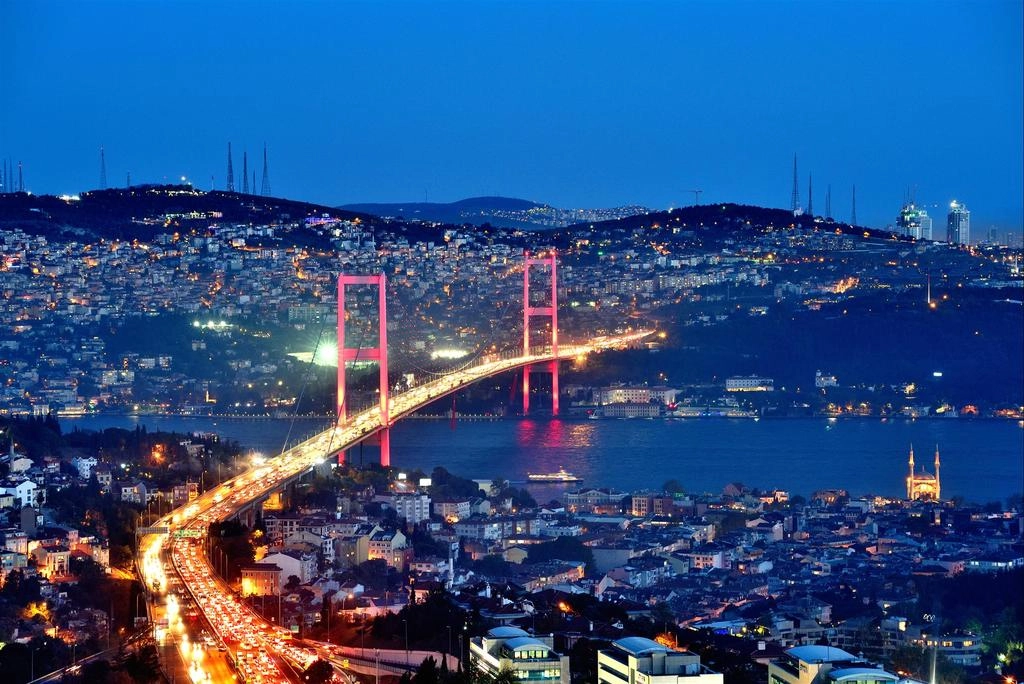Have you ever wondered why certain neighborhoods experience waves of residents moving in and out? What drives people to relocate within a bustling metropolis like Istanbul? According to recent data, the European side of Istanbul witnessed a staggering 248,000 relocations in just the first half of the year. But why is this happening, and what does it reveal about urban living trends?
The Surge in Relocations: Breaking Down the Numbers
The European side of Istanbul has long been a hub of cultural and economic activity, but the recent spike in relocations raises questions. Data shows that residential mobility in this area reached 248,000 moves between January and June. This trend reflects broader shifts in housing preferences, economic conditions, and lifestyle changes.
For example, districts like Beşiktaş and Şişli saw significant movement due to their central locations and access to business hubs. Meanwhile, areas like Beylikdüzü attracted families seeking more affordable housing with modern amenities. These patterns highlight how urban dynamics influence where people choose to live.

Economic Factors Driving Residential Mobility
One of the primary reasons behind this mass movement is economic. Rising rental prices in prime districts have forced many residents to seek more affordable alternatives. Inflation and fluctuating real estate markets also play a role, as people adjust their living situations to align with their budgets.
Take the case of a young professional working in Levent. Faced with skyrocketing rents in the area, they might opt to move to Bahçeşehir, where housing costs are lower but commute times remain manageable. This trade-off between cost and convenience is a recurring theme in Istanbul's housing market.

Lifestyle Preferences and Neighborhood Appeal
Beyond economics, lifestyle preferences significantly impact relocation decisions. The European side offers diverse living environments, from the vibrant nightlife of Kadıköy to the serene, family-friendly streets of Bakırköy. As people's priorities shift—whether due to marriage, children, or remote work—their ideal neighborhood often changes too.
For instance, a couple might move from the bustling Taksim area to the quieter, green spaces of Sarıyer after starting a family. Such transitions underscore how personal milestones drive residential mobility.
Infrastructure and Transportation: The Role of Accessibility
Istanbul's ever-expanding transportation network also influences relocation trends. New metro lines and ferry routes make previously distant neighborhoods more accessible. This has led to increased interest in areas like Esenyurt, where improved infrastructure has reduced commute times to the city center.
A practical example is the recent extension of the M7 metro line, which has made Başakşehir a more attractive option for commuters. As transportation options grow, so do the possibilities for where people can live without sacrificing convenience.
The Impact of Remote Work on Housing Choices
The rise of remote work has further altered relocation patterns. With fewer people needing to commute daily, many are opting for larger homes in quieter districts over cramped apartments in central business districts. This shift has boosted demand in suburban areas like Büyükçekmece, where spacious properties are more readily available.
Consider a freelance designer who no longer needs to live near their clients. They might choose to relocate from Beyoğlu to a quieter suburb, prioritizing home office space and quality of life over proximity to the city center.

Future Projections: What’s Next for Istanbul’s European Side?
Looking ahead, experts predict that relocation trends will continue to evolve. Factors like urban renewal projects, new commercial developments, and environmental considerations will shape where people choose to live. For example, eco-friendly housing projects in Kağıthane are already drawing interest from environmentally conscious buyers.
As Istanbul grows, understanding these mobility trends becomes crucial for policymakers, real estate developers, and residents alike. The city's ability to adapt to these shifts will determine its future livability and appeal.






